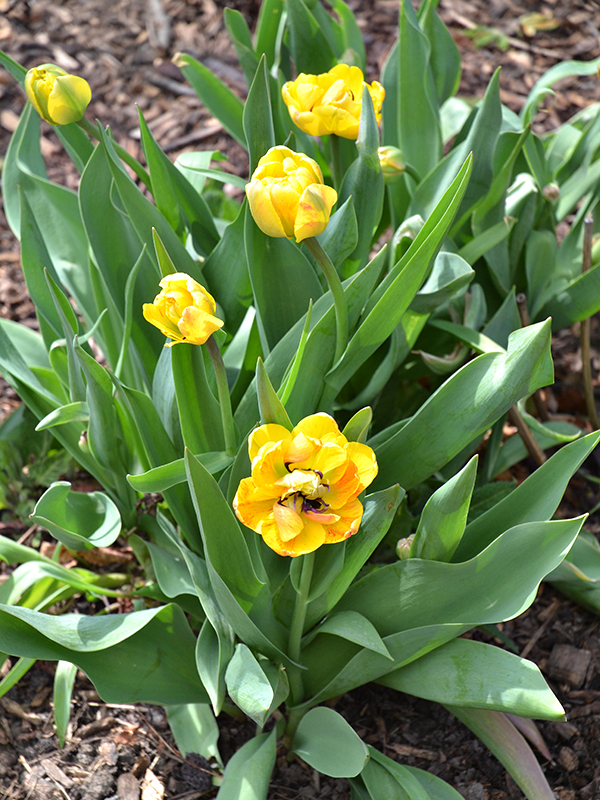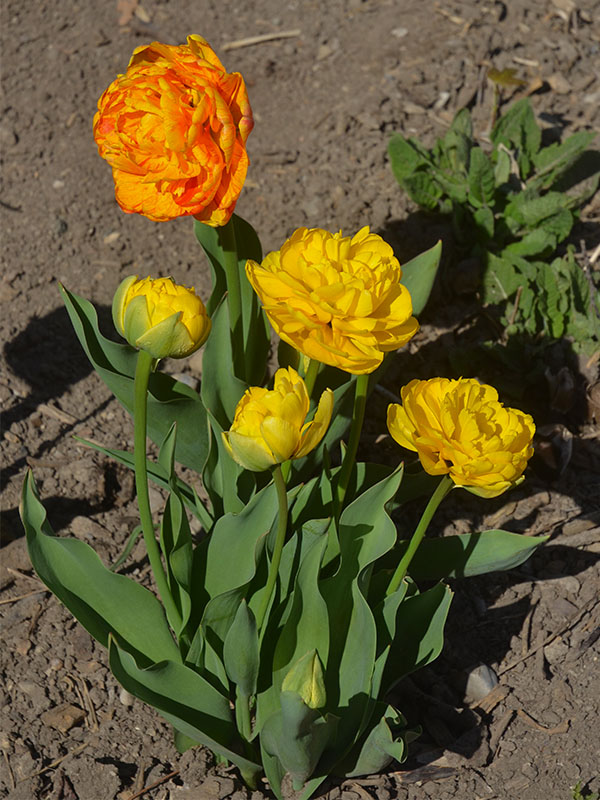| Shape | Upright and wide-spread. |
| Landscape | Container planting, massing or border plantings and as cut flowers. |
| Propagation | Division of bulbs.. |
| Cultivation | Full sun and partial-shade. Well-drained soil. |
| Pests | Tulip fire is caused by a rapidly spreading fungus, Botrytis tulipae, affects all parts of the plant (leaves, stems and flowers). Leaves are malformed, developing in a twisted fashion. Leaves, stems and flowers develop tan or light brown spots. No fungicides are available, to remedy the condition remove and destroy any infected plants immediately. Do not plant tulips in affected area for 3 years.
Tulip grey bulb rot is caused by the fungus Sclerotium tuliparum, (syn. Thizoctonia tuliparum). When infected, foliage may be malformed or fail to emerge. No fungicides are available, to remedy, remove and destroy affected bulbs. Do not plant tulips in affected area for 5 years.
Tulip leaf spot is caused by Ilyonectia crassa which produces brown scaring on young leaves and leads to curing or holes when the leaf grows. No fungicides are available, to remedy, remove affected leaves and lower humidity around remaining foliage.
|
| Notable Specimens | The A.M. Cuddy Gardens, Strathroy, Ontario, Canada. |
| Leaf Description | The leaves are long, strap-like and come to a point. The stalks are long and vertical. |
| Flower Description | Peony-like, double petaled and a very showy flower that blooms on a single stalk. |
| Colour Description | The leaves are green. The flowers are orange, yellow and red. |

